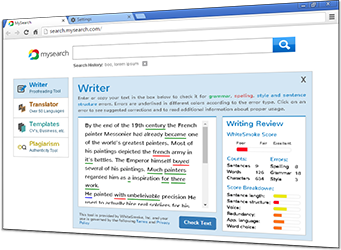Using The Period to Indicate Abbreviations
The period (or full stop) is an important punctuation mark in English that actually has three different uses: ending a sentence, indicating abbreviations, and other stylistic uses.
The rules for using the period to abbreviations
Check this out!
Ms. Rosa S. Wallace, who works with Dr. Lewis for NBC in N.Y.C., met with Professor C. F. Richards from the University of Cal. in L.A. yesterday on Fth Ave. at 10:30 A.M.
In the above example sentence there are many words which have been shortened to abbreviations in a number of ways. The following rules will tell you whether or not a period is needed with different types of common abbreviations.
The Punctuation Rules for Indicating Abbreviations
Word abbreviations are shortened versions of the original for purposes of efficiency. There are two kinds of abbreviations:
1. Abbreviations for multiple words phrases. These are made up of the first or few first letters of each word in the original phrase. They can be pronounced as:
-A series of the individual letters
NBC, KGB, IBM, LSD, TM, U.K.
-An acronym, in which the letters are pronounced as one word.
UNICEF, NATO, ANOVA
2. Abbreviations for single words. Usually pronounced as one word and can consist of:
-the first few letters of a word
Avenue - Ave., January - Jan.
-the first and last letter of a word
Mister - Mr., foot - ft.
-any combination of letters
Boulevard - Blvd., Route - Rte.
-the first letter of the word
Fahrenheit F, University - U.
-letters not in the original word
number - no., pound - lb., ounce - oz.



